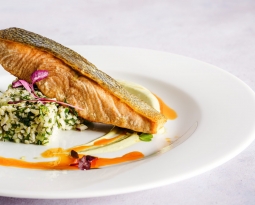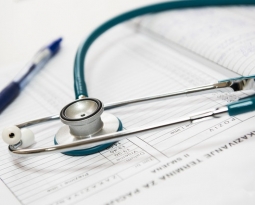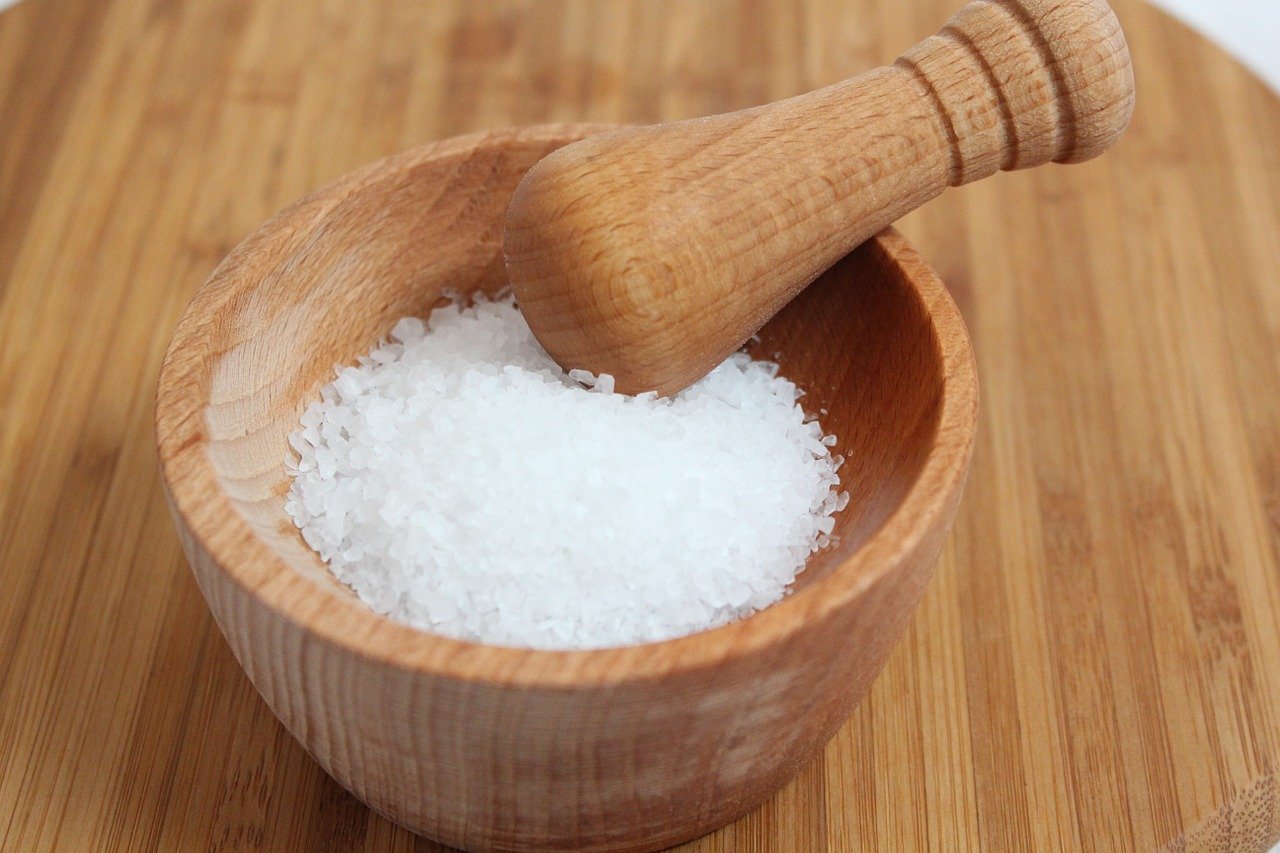How Could Compression Therapy Help Varicose Veins?
Have you noticed dark and unsightly veins popping out from your lower legs and suspect it might be varicose veins? Fret not! Using compression therapy, you can manage the symptoms and prevent their appearance to a certain extent. However, if you have never come across or worn these compression garments and not sure how to use – we are here to steer you through.
Wondering what varicose veins is all about?
Do you have blue, swollen and twisted veins lying close to the surface of your skin and seems quite uncomfortable? If so, you have varicose veins. Though it may appear in any part of your body, they are mostly seen in the lower legs. It can cause severe cramping, aching, and fatigue, which can hurt your daily life. Moreover, the cosmetic effect of this health concern makes people lose confidence and create a lack of enjoyment in life.
Common Symptoms
Other than the visible swollen and discolored blood vessels, the other symptoms are:
- Heavy feeling or painful legs.
- Mild swelling of your feet and ankles.
- Itchiness on the ankles and lower legs mostly diagnosed as dry skin.
- Throbbing pain in the lower leg region.
Though it may not result in serious health issues, when left untreated, it can cause ulcers that are open skin wounds. It can be extremely painful and takes a long time to heal. It may also lead to another condition known as superficial thrombophlebitis. If you experience any of these issues, never ignore them. Consult with your medical physician and make the necessary lifestyle changes to enhance your blood circulation.
What Are The Causes Of Varicose Veins?
Varicose veins are mainly caused due to chronic venous insufficiency. It happens when the veins present in your legs find it difficult to return the blood to the heart. It results in the blood pooling up in a particular place or, at times flowing in the wrong direction. Numerous factors contribute to the development of varicose veins. It includes:
- Sitting or standing for extended periods without much movement.
- Pregnancy.
- Excessive weight gain or obesity.
- Aging.
- Injury, surgery, or blood clots on your legs.
- Family history.
- Lack of sufficient exercise.
If you’re facing these risk factors, talk with your physician on how to maintain proper venous health to avoid the development of varicose veins in the future.
Compression Therapy For Treating Varicose Veins
Compression therapy is capable of alleviating most of the symptoms of varicose veins, including pain and fatigue. It’s all about exerting a certain amount of pressure in a particular area to promote blood circulation, thereby creating better blood circulation. It helps in decreasing the swelling and reducing the irritable pain caused due to varicose veins. For this therapy, doctors mainly use compression stockings of varying levels based on the intensity of the issue.
Will Compression Stockings Work Effectively?
Traditionally, compression stockings were commonly used by soldiers to improve blood circulation to their legs. The modern compression stockings are specially designed to offer consistent pressure on your lower legs and ankles.
By wearing the compression stockings on your legs, it supports the veins by providing graduated pressure. In turn, this promotes a better flow of blood and decreases the swelling, thereby enabling the blood to flow smoothly back to the heart. It also prevents the build-up of excess fluid in the legs that causes swelling. Though compression stockings may not wholly cure varicose veins, it will help manage the issue before you seek further medical treatment.
Which Is The Right Time To Wear Compression Stockings?
Usually, individuals wear compression stockings during the daytime. This is because standing for a long time sitting upright without moving around a lot can cause circulatory issues. Patients suffering from varicose veins may place their feet in an elevated position during the nighttime to enhance the proper flow of blood. However, medical advisors recommend that it’s advisable to wear stockings during the night to alleviate the issue.
Which Compression Stocking Type Is The Best For You?
The right type of stocking with the correct pressure levels depends on various factors such as type, length, and so on. Moreover, the underlying cause of the patient’s varicose vein concern is also taken into consideration. The main types are as follows:
- Prescription compression stockings:
These provide the highest amount of pressure to your legs and are mostly fitted by a medical physician. It is to make sure that they’re not extremely tight and are effective in promoting good circulation.
- Compression socks and stockings:
Different types of compression therapy stockings are available on online stores, drugstores, and pharmacies. It offers a certain amount of pressure that can provide slight relief to your condition.
- Support pantyhose:
This one provides some sort of pressure; however, it the least tight stockings in this list.
Why Must You Use Compression Stockings?
Compression socks or stockings are a unique type of elastic hosiery that promotes the healthy circulation of blood throughout your body. Moreover, it helps in preventing various adverse health condition, such as:
- Spider veins.
- Varicose veins.
- Chronic venous insufficiency.
The pressure that’s exerted from these medical stockings on to your lower legs and ankles assist in compressing the veins and arteries present on the surface of the skin. It helps the valves in the veins function without any obstruction and promotes the proper flow of blood to your heart.
How To Select The Correct Compression Level?
Consult with your physician to get the right compression level for your condition. The basic four levels of compression include:
- Mild compression of 8 to 15 mmHg:
This is suitable if you have mild chronic venous insufficiency as it supports the proper flow of blood to your legs and gives you a light feel.
- Moderate compression of 15 to 20 mmHg:
This is much more effective than the mild levels and is suitable for those experiencing varicose veins or spider veins. Do you wish to wear compression stockings to prevent the appearance of these bulging veins simply? Then, you can go for the mild socks or the medium options available over the counter without any medical prescriptions.
- Firm and extra-firm compression:
Are you facing severe varicose vein problems such as lymphatic edema, leg ulcers, and deep vein thrombosis? If so, you will have to opt for a high level of compression stockings. This includes:
- Firm stockings of 20 to 30 mmHg.
- Extra-firm ones of 30 to 40 mmHg.
- Rx stockings of 40 to 50 mmHg.
Note that you won’t be able to get these high-level compression stockings without your doctor’s prescription. Hence, it’s advisable to consult your doctor before using these garments.
Who Benefits From Using Compression Stockings?
People suffering from deep venous insufficiency, extreme ankle swelling, varicose veins, lymphoedema, benefit from compression stockings. Moreover, compression therapy is suitable for individuals working in specific professional fields. It includes:
- Teachers.
- Flight attendants.
- Nurses.
- Retail cashiers and office workers.
- Hospitality employees, and so on.
Conclusion
Compression therapy does not entirely cure varicose vein problems. However, it can help manage your symptoms by improving the circulation level, thereby enhancing your quality of life. If you find that you are at risk of developing varicose veins, it’s advisable to consult your physician and start using medium or mild compression stockings. Compression stockings and healthy lifestyle changes can make a huge difference in enhancing the circulation in your lower body.








